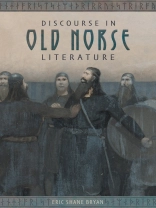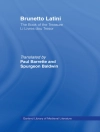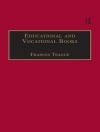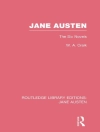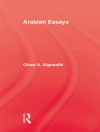An examination of what dialogues and direct speech in Old Norse literature can convey and mean, beyond their immediate face-value.
The vast and diverse corpus of Old Norse literature preserves the language spoken not only by the Vikings, kings, and heroes of medieval Scandinavia but also by outlaws, missionaries, and farmers. Scholars have long recognized that the wealth of verbal exchanges in Old Norse sagas presents the modern reader with the opportunity to speak face-to-face, as it were, with these great voices of the past. However, despite the importance of verbal exchanges in the sagas, there has been no book-length study of discourse in Old Norse literature since 1935.
This book meets the need for such a study by offering a literary analysis based on the adjacent field of pragmatic linguistics, which recognizes that speakers often rely upon cultural, situational, and interpersonal context to communicate their meaning. The resulting, context-dependent meaning often deviates from the base semantic and syntactical components of an utterance: speakers hedge, imply, deflect to save face, or obscure meaning to damage an opponent’s self-worth. Saga writers, this book argues, were masters of this type of indirectness in speech. It aims therefore to unlock the depth and subtlety of discourse in Old Norse literature and to leave readers with an understanding of how principles of pragmatics were employed throughout the sagas. A wide body of Old Norse materials is examined, including some of the best examples of
Íslendingasögur (sagas of Icelanders), such as
Brennu-Njáls saga,
Lax
dœ
l
a saga, and
Gísla saga Súrssonar, while also giving due attention to
Konungasögur (kings’ sagas),
fornaldarsögur (legendary sagas), and other literature from the medieval North.
Spis treści
List of Illustrations
Acknowledgements
List of Abbreviations
Note on the Text
Introduction: Discourse in Old Norse Literature
1. When Questions Are Not Questions
2. The Quarrel of the Queens and Indirect Aggression
3. Sneglu-Halli and the Conflictive Principle
4. Felicity Conditions and Conversion Confrontations
5. Icelanders and Their Language Abroad
6. Proverbs and Poetry as Pragmatic Weapons
7. Speech Situations and the Pragmatics of Gender
8. Manuscript Genealogy and the Diachrony of Pragmatic Usage in Icelandic Sagas
Conclusion: Close Context and the Proximity of Pragmatics
Afterword
Bibliography
Index
O autorze
ERIC SHANE BRYAN is Associate Professor of English at Missouri University of Science and Technology.
